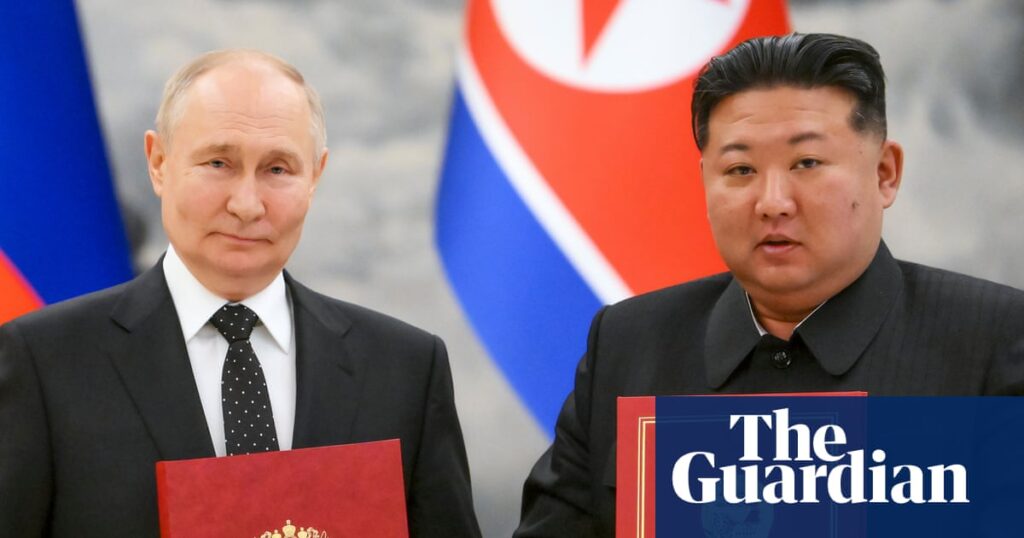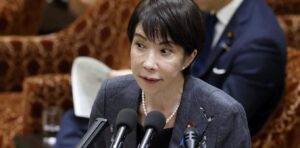
Vladimir Putin and Kim Jong-un are set to attend a military parade in Beijing next week alongside President Xi Jinping, marking a significant display of unity amid mounting Western pressure. The event, scheduled for September 3, will not feature any Western leaders, with the exception of Slovakia’s Prime Minister Robert Fico, according to the Chinese foreign ministry.
The parade, held against the backdrop of China’s growing military prowess, will commemorate the Victory Day marking Japan’s formal surrender in World War II. This gathering of leaders from Russia, North Korea, and China symbolizes a collective front against Western influence, particularly as Russia and North Korea face international sanctions.
Strategic Alliances in Focus
Russia, a key strategic partner for China, has been grappling with economic challenges following a series of Western sanctions imposed after its 2022 invasion of Ukraine. These sanctions have pushed the Russian economy to the brink of recession. President Putin, who last visited China in 2024, remains a controversial figure, wanted by the International Criminal Court.
North Korea, under the leadership of Kim Jong-un, has been subject to United Nations Security Council sanctions since 2006 due to its nuclear weapons and ballistic missile programs. Kim’s last visit to China was in January 2019, underscoring the significance of his presence at the parade.
Global Representation and Military Might
The parade will also be attended by leaders from Belarus, Iran, Indonesia, and Serbia, as well as South Korea’s National Assembly Speaker Woo Won-shik. The United Nations will be represented by Under Secretary-General Li Junhua, a former Chinese ambassador.
President Xi Jinping will review tens of thousands of troops at Tiananmen Square, accompanied by foreign dignitaries and senior Chinese leaders. The highly choreographed event is expected to be one of China’s largest in recent years, showcasing advanced military equipment, including fighter jets, missile defense systems, and hypersonic weapons.
Historical Context and National Resilience
The parade is part of a series of events by the Chinese Communist Party to commemorate its wartime resistance against Japan. Millions of Chinese lives were lost during the prolonged conflict with imperial Japan in the 1930s and 40s, which escalated into a global war following the attack on Pearl Harbor in 1941.
These commemorations serve as a reminder of China’s resilience and a vow that the nation will never again succumb to foreign aggression. The display of military strength and international alliances at the parade underscores China’s determination to assert its global position.
“China will never be brought to its knees,” a sentiment echoed in recent years as Beijing continues to bolster its military capabilities and international influence.
Implications and Future Outlook
This gathering of leaders in Beijing not only highlights the strategic alliances among China, Russia, and North Korea but also signals a potential shift in global power dynamics. As these nations strengthen their ties, the implications for international relations and geopolitical stability are profound.
The parade serves as a stark reminder of the ongoing tensions between these countries and the West, particularly as the world grapples with complex issues such as nuclear proliferation, economic sanctions, and territorial disputes.
Looking ahead, the international community will be closely monitoring the outcomes of this high-profile event, as well as the potential impacts on global diplomacy and security. The show of solidarity among these leaders may prompt further strategic realignments and policy responses from Western nations.





